In 2020 I left my job at MariaDB to join Equinix Metal, I had a break of a few weeks in between and decided I wanted to try a new hobby. I figured I would repair and restore a computers I had missed out on when I was younger. My first computer as a child was a BBC Micro B and I went from the 8-bit era to PCs, skipping everything in the middle.
After I acquired a BBC Master 128, I decided on an Acorn Archimedes as a natural evolution from my Acorn BBC computer history. Then one day a faulty Amiga 500 came up at a reasonable price, one year ago today. From that point on everything changed.
Repairs and Restoration
I started repairing and restoring an Amiga 500 and then sold this on to fund other Amiga projects.

Whilst working on this and a few other Amiga 500s / 500 Pluses I started to really like the architecture, the personality of the machine. You could get a feel for the original designers of the hardware. Even the fact that a humble 555 timer IC was used as part of the reset circuit was interesting.
Roll on to October and I acquired a faulty Terrible Fire 534 board. The main issue with it was a physically damaged clock crystal. I repaired this board and then upgraded it to add an FPU unit to it. This paved the way to me building things, but that is for the next section.
Over the year I’ve repaired / restored a few Amiga 500 / 500 Plus machines, recapped a couple of Amiga 1200s and repaired / restored three Amiga 2000s, one of those 2000s I now own.
At this point I have a fully working Amiga 500 Plus, Amiga 1200 and Amiga 2000. With an Amiga 500 in mid-restoration. In addition I have a BBC Master 128 (currently loaned out), an Atari STe ready to repair and I finally acquired an Acorn Archimedes for restoration.
New Hardware
After repairing the TF534 I decided I wanted to try building a new upgrade. So, in December I bought a PCB and the parts to build a TF536. This was the outcome. I learnt a lot whilst building this board and it encouraged me to go further.

I went from there to buying a PCB for PR77’s flash ROM relocator board and built that. I then modified the firmware to add more features such as dual-ROM support and created a GUI to interact with it. All of which I Open Sourced.

New PCB Designs
Come January I ordered PCBs for my first original design, which was a simple board to fix the voltages for IDE activity signal in an Amiga 500 so that this can be hooked up to the drive LED. These arrived in February and I built a few for friends.
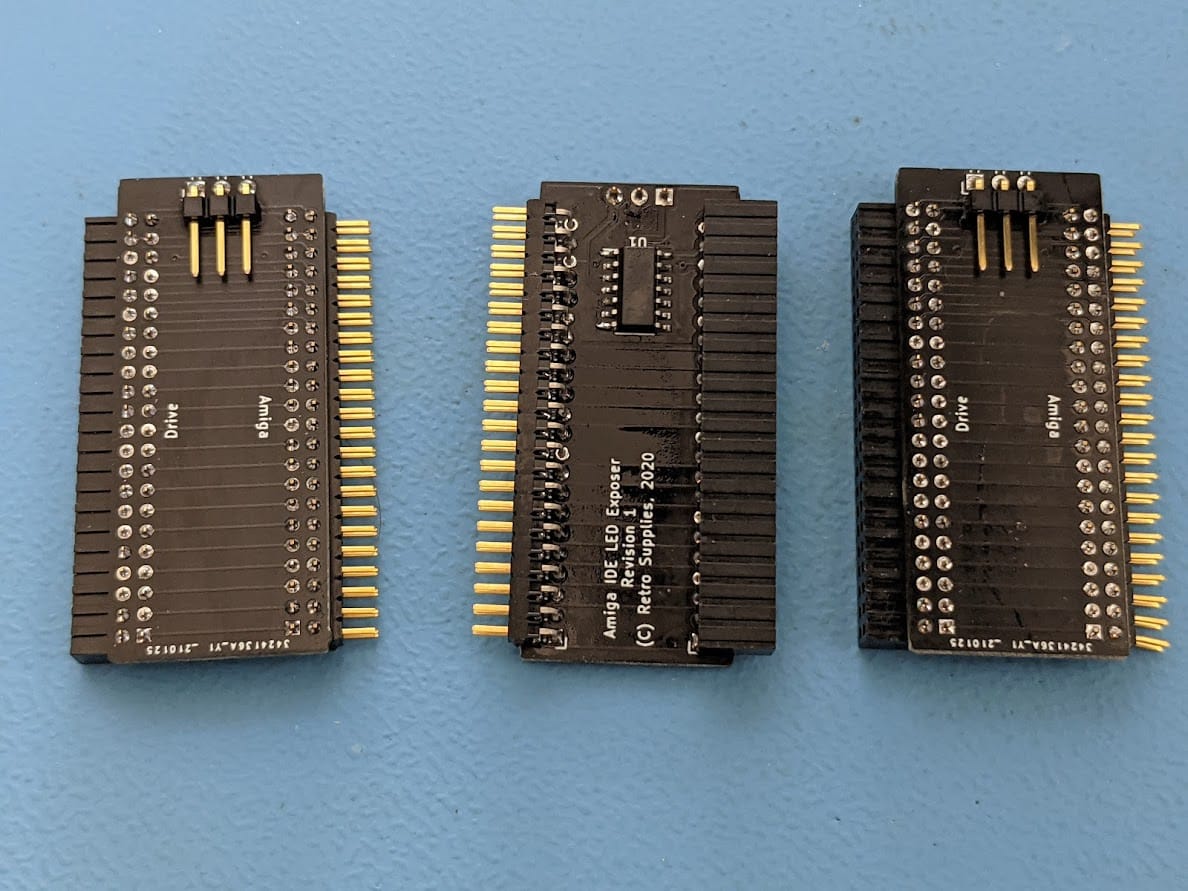
One of those friends asked if I could build a batch of Amiga 2000 RGBtoHDMI boards for him. I said “yes” and built them. I found some design flaws in the board so I designed an improved version. The top of the photo is the original, the bottom was my improved version.

But I wasn’t done, the fixed logic method was still flawed due to differing clock phases between different Amigas. The original cross-platform RGBtoHDMI design was CPLD based, so I designed an Amiga native solution of this for the Amiga 500, 1000 and 2000.
I’ve also designed a bunch more boards, including:
- CPU relocators for Amiga 500 and 2000
- CR2032 Battery replacements with much lower voltage drop that traditional designs
- A 2MB Chip RAM upgrade for Amiga 500 and 2000
- An Amiga 500 revision 5 EPROM adaptor
PiStorm
Whilst working on the flash ROM board firmware I was hitting a weird stumbling block debugging an Autconfig issue. I stumbled upon the PiStorm which could be used to debug what the CPU is doing and can switch different Autoconfig setups on-the-fly. I got onto one of the groupbuys early, back when JLCPCB had stock of the required chips and it helped immensely.
From here I helped out with the community a bit and contributed some code here and there. I ended up writing the GUI for PiStorm and became an admin for the PiStorm community.
I now write the weekly summary blog posts for the PiStorm community and help many community members with their issues. I also build quite a few PiStorms in my spare time for someone who supplies the parts for me to build.
The following photo is a batch of them, still with lots of flux on as this was prior to cleaning.

The Community
The Amiga community is much larger than I ever expected and is very much thriving. On Saturday I went to my first ever local Amiga group meetup at One Life Left in Norwich.
In general the Amiga community are very friendly and welcoming. I’ve made several friends along the way. I’ve also raised quite a bit of money for Norwich Amiga Group and will be involved as much as I can in supporting it in the future.
The Future
I have several Amiga projects in development right now and I’ve just picked up a reflow oven which will help me further with PCB development. I’ll also be continuing with my contributions to PiStorm and other wider Amiga communities. For now I’m very much ingrained in the community and I’m really enjoying it.


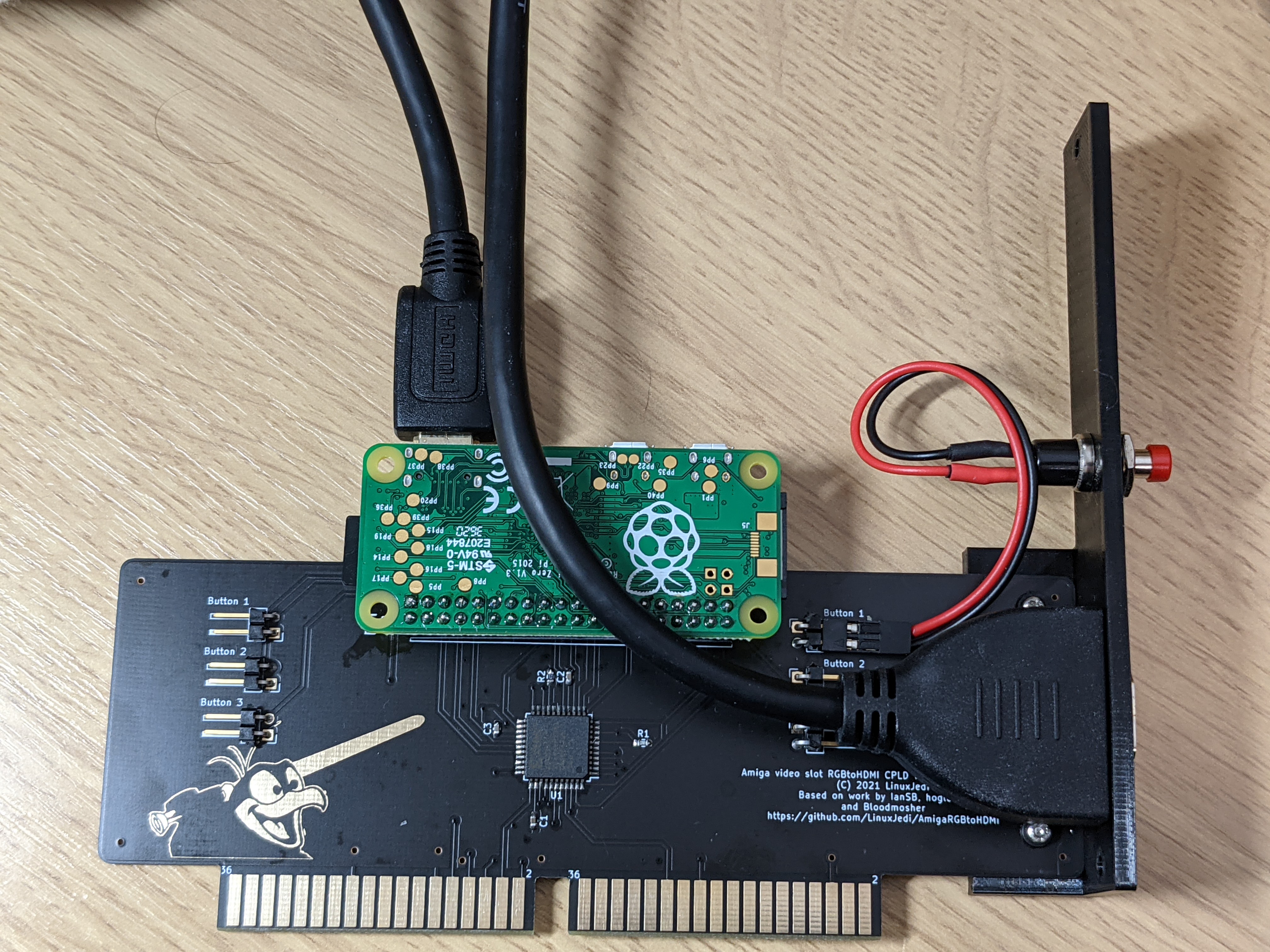

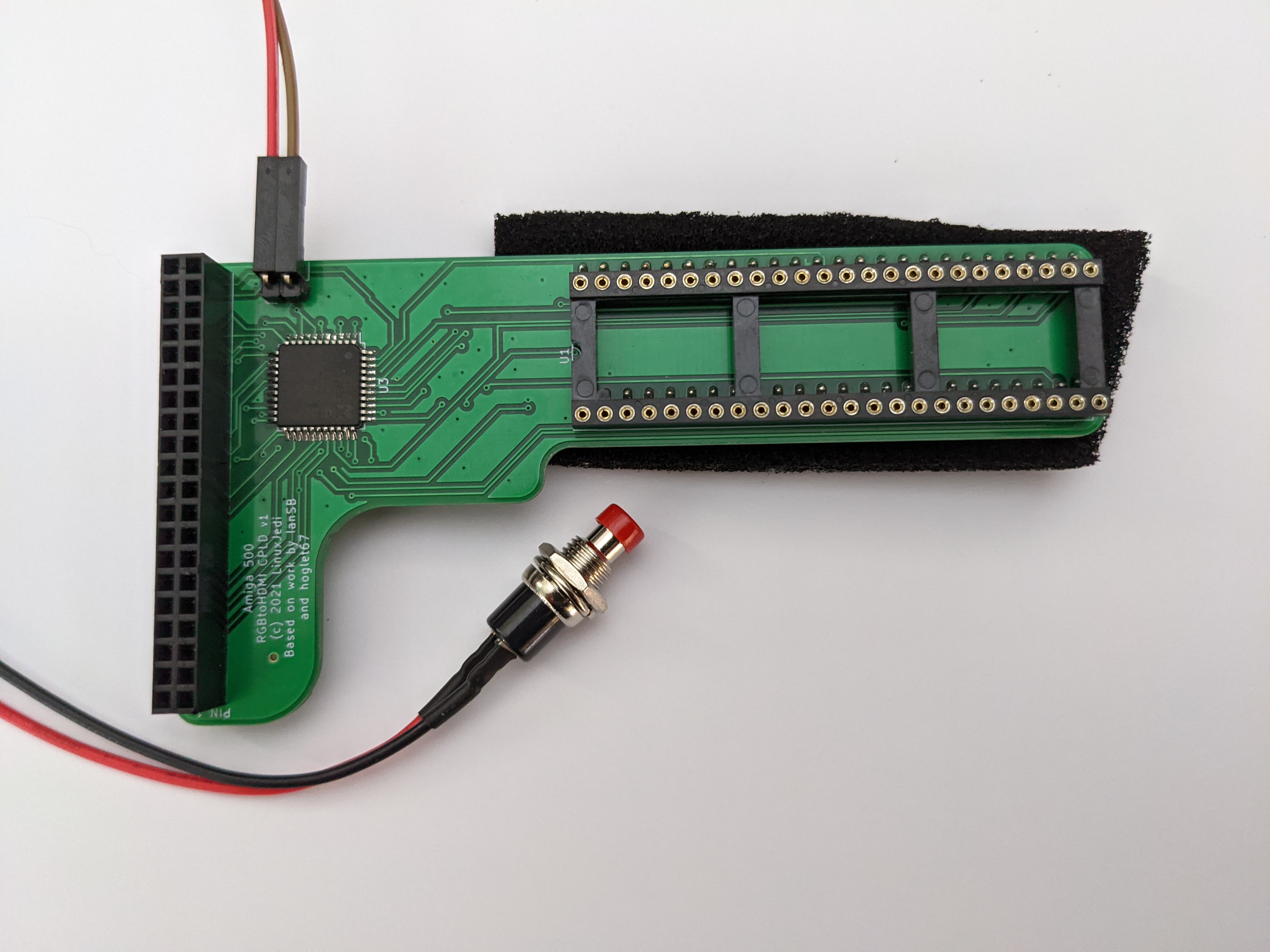

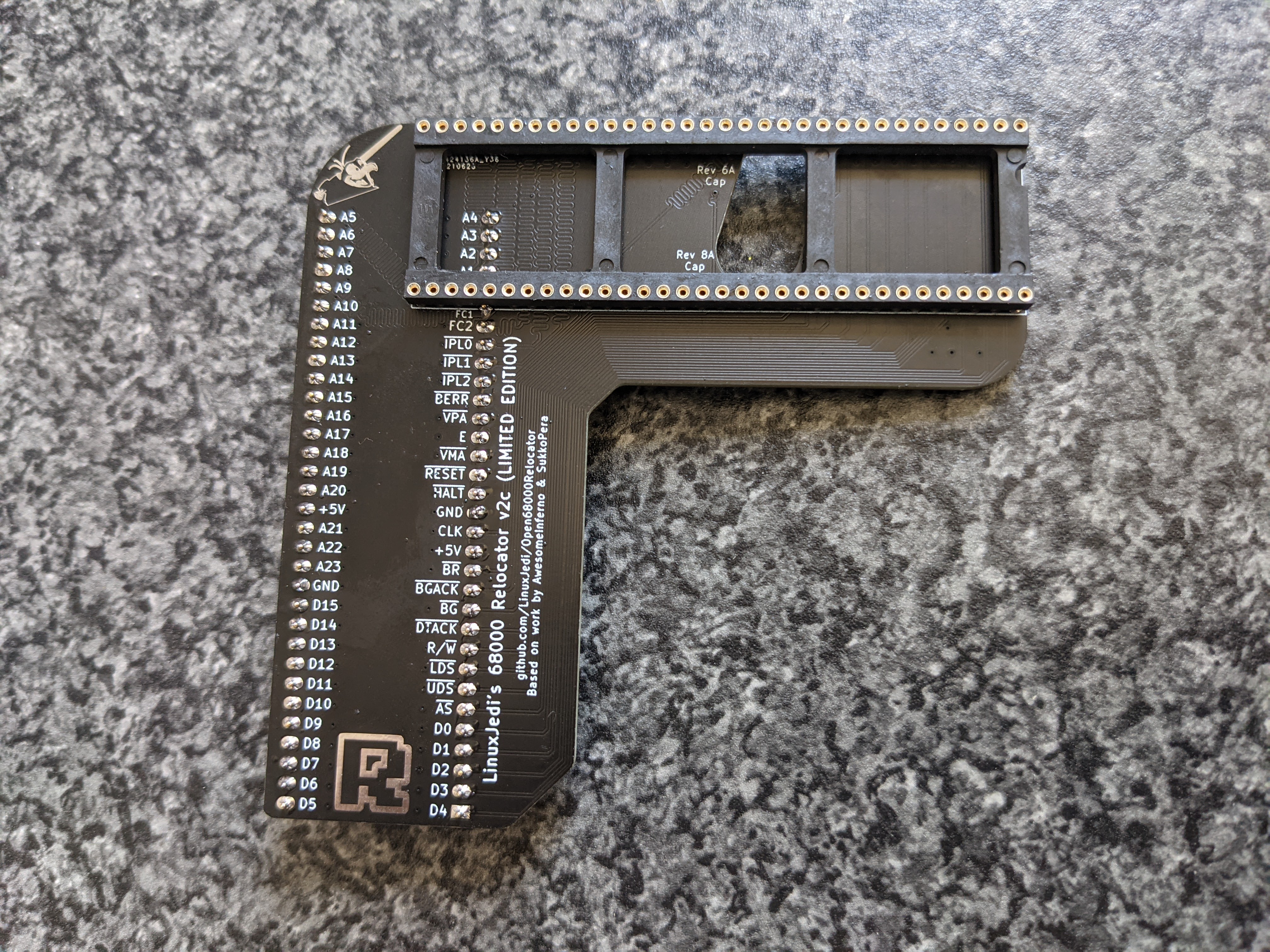
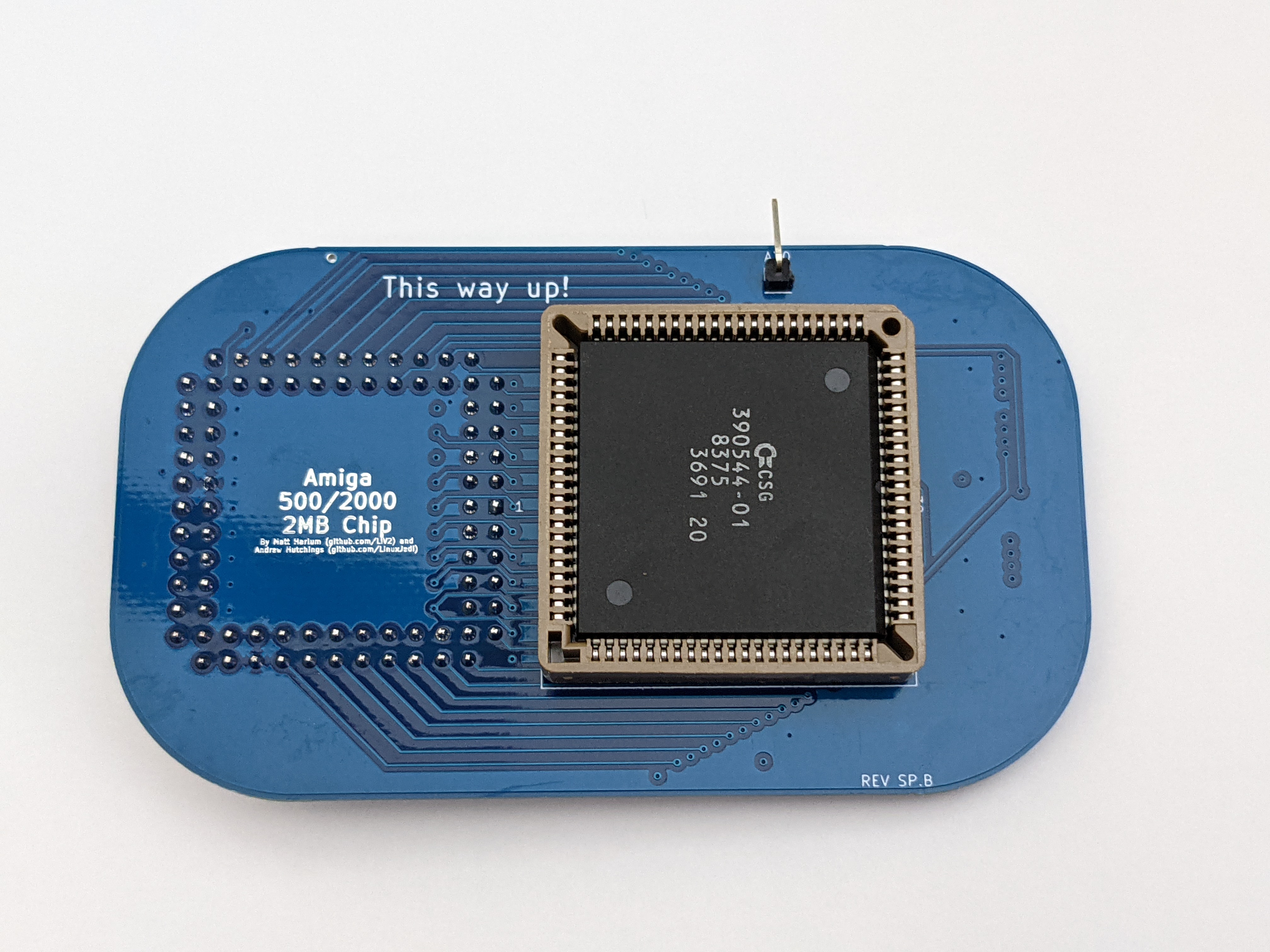
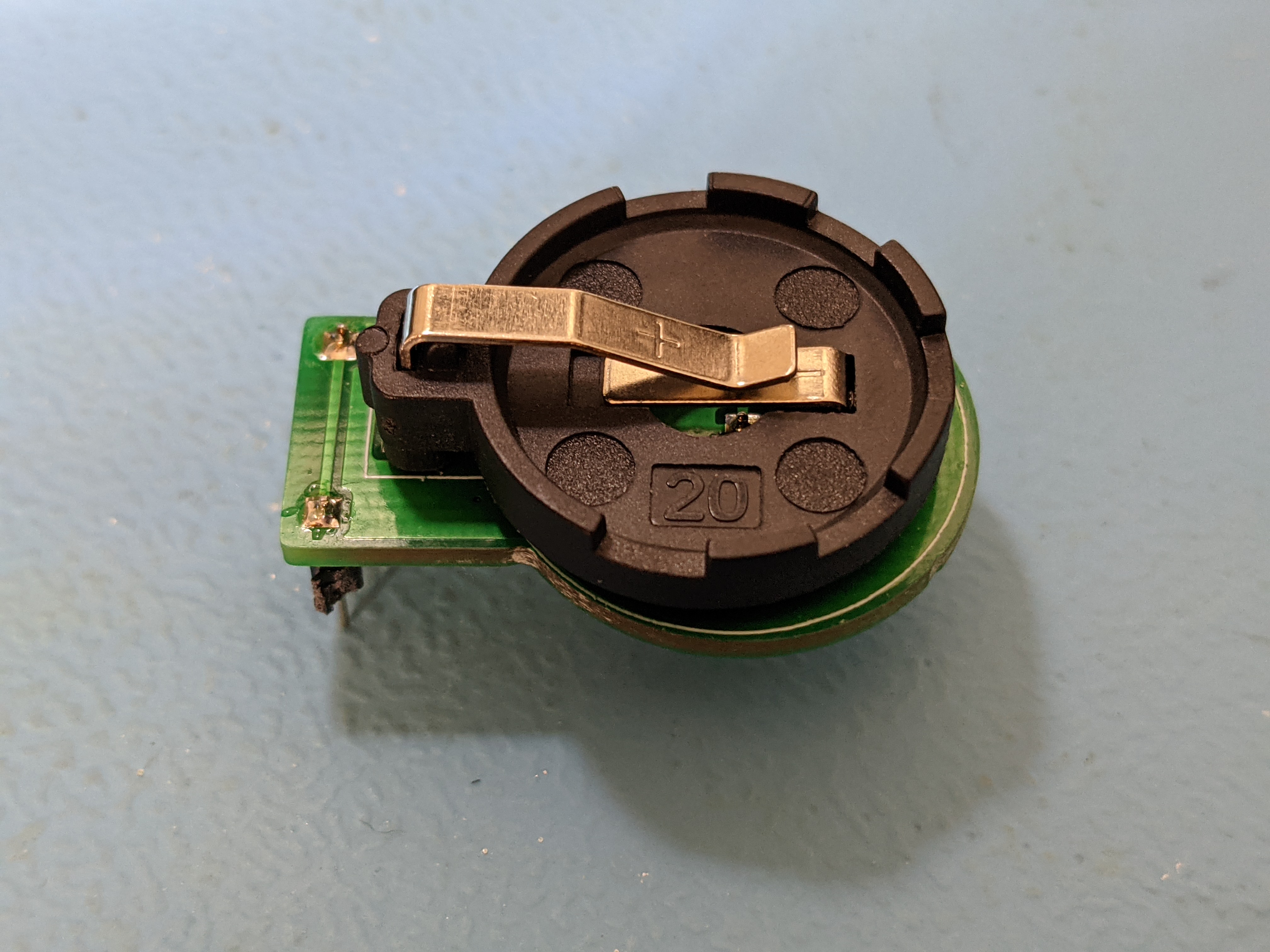
Leave a Reply